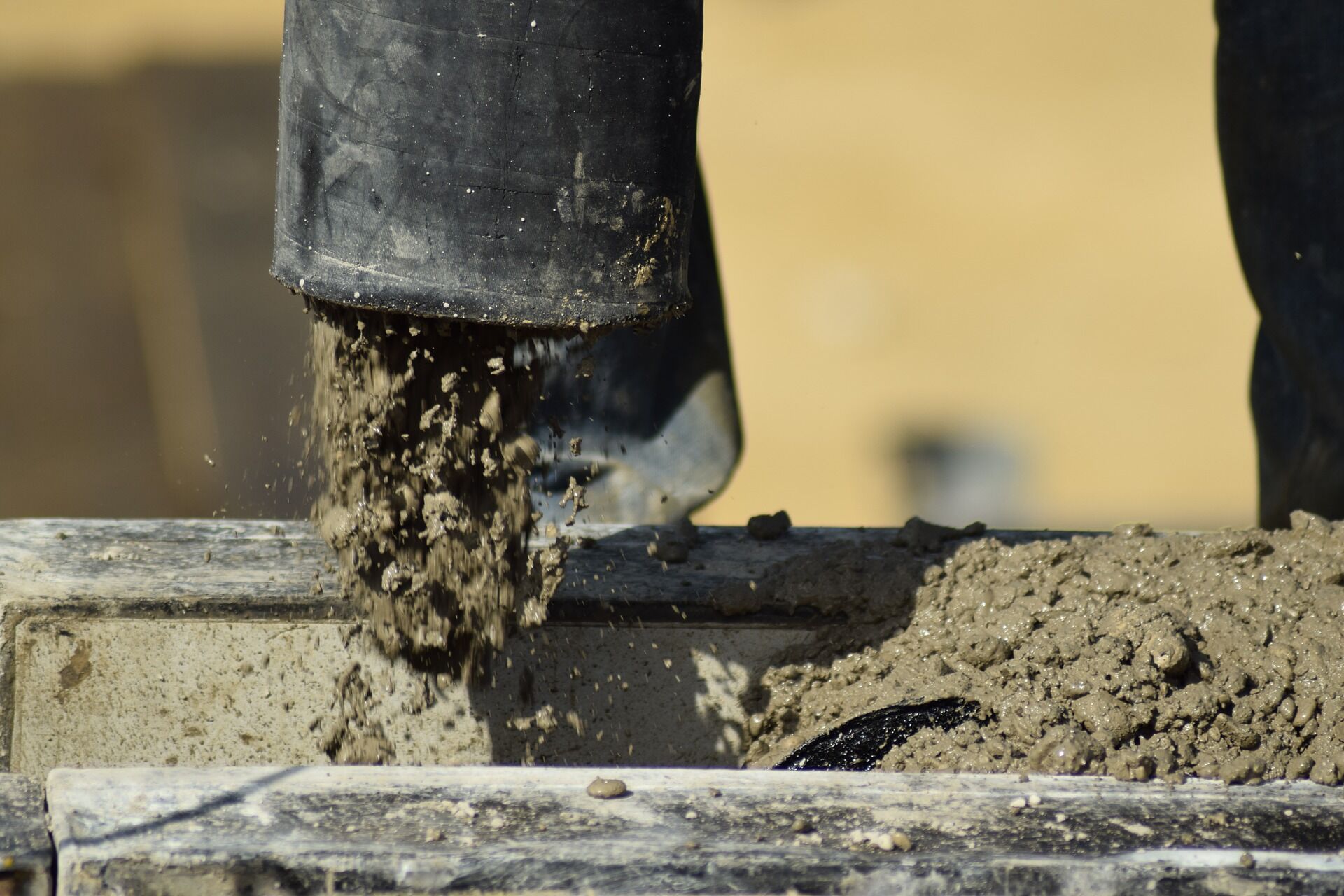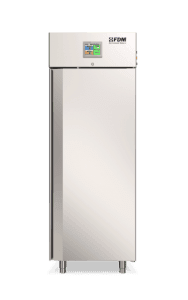
The buildings we live in must comply with strict safety criteria during construction.
Among the most common building materials is concrete whose resistance depends directly on a process called concrete curing.
In the following article, we will explain what curing of concrete is and why the humidity chamber test is essential to ensure the safety and strength of buildings.
What is Concrete Curing?
Concrete curing is the set of practices to which "young" concrete must be subjected in order to keep it warm and humid, preventing the evaporation of water from the material. This ensures that the concrete is better protected from all atmospheric events such as wind, frost, hail, heavy rain and extreme heat.
Curing, also called seasoning, is the third and last phase of the concrete production process that follows casting-in-place and setting. This last phase is also the most delicate because it is here that the definitive characteristics of our material and therefore its resistance and durability are established.
To optimize the time and effectiveness of this delicate phase, humidity chambers are used, also called cabinets or boxes for curing the concrete.
Perform
Climate Stress
Discover the new series of Climate Chambers for controlled climate testing
The International Standards for Concrete Curing
Such a delicate and fundamental phase for the good maintenance of our buildings obviously needs precise international standards that regulate it.
Given the centrality of the issue, various national or sectoral bodies have legislated in this regard. However, the most important, universal and recognized are the ISO (International Organization for Standardization) and ASTM (American Society for Testing and Materials International).
The ISO standard to refer to is ISO679-1989 which outlines the methods of testing cements.
The ASTM standards to be taken into consideration are: ASTM C309-06, ASTM C156-05 and ASTM C192.
This last standard in particular specifies the methods of curing concrete in the laboratory, that is, with the aid of boxes, cabinets and humidity chambers.
Boxes, Cabinets and Moisture Chambers for Concrete Curing
They can be called concrete curing cabinets or concrete curing boxes, some call them just portable humidity chambers: these are the names with which the same class of laboratory instruments are identified which, depending on the size or manufacturer, can be called in one way or another.
These are climatic chambers that have humidity and temperature as their main parameters.
These two parameters are the ones that most affect the curing of concrete and precise and optimal control of them helps us both to speed up the process and to stabilize it.
Generally speaking, concrete must be cured at a temperature of 23 ° C with a humidity level close to 98%.
For more precise assessments, we refer to the rules we linked above.
You cannot find the ideal chamber for your test?
Create your own environment, according to any test requirement
The FDM Climatic Chamber for Concrete Curing
The FDM climatic chamber meets all the requirements to be defined as a humidity chamber for curing concrete.
With the help of our simple and intuitive interface, the operator can easily automate the process and keep it under control throughout its duration.
FDM humidity chambers can be customized to meet every need. Don't hesitate to contact us.
Would you like to receive a quote or do you have questions about the product?
Contact us to receive more information about this Product.



